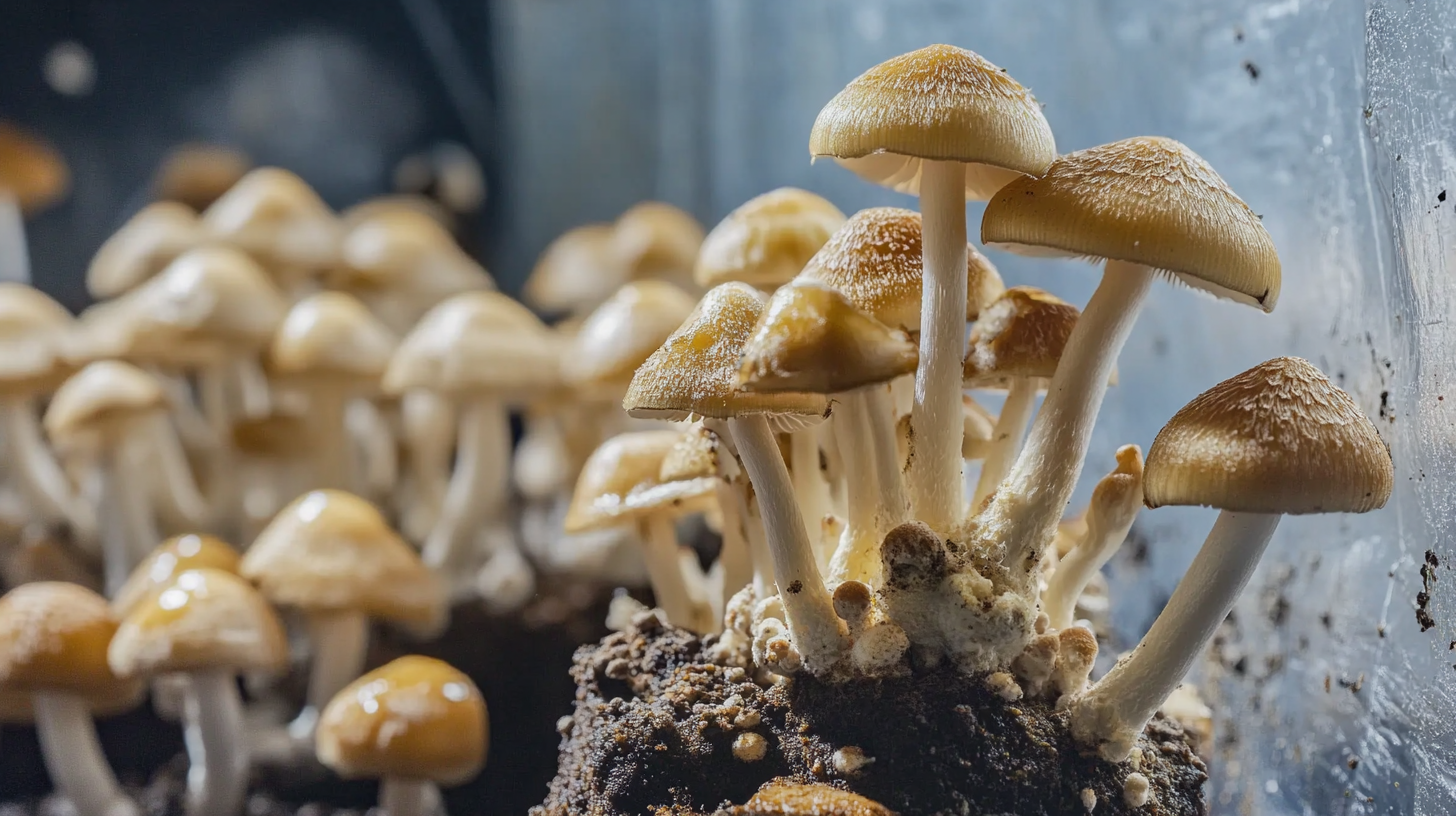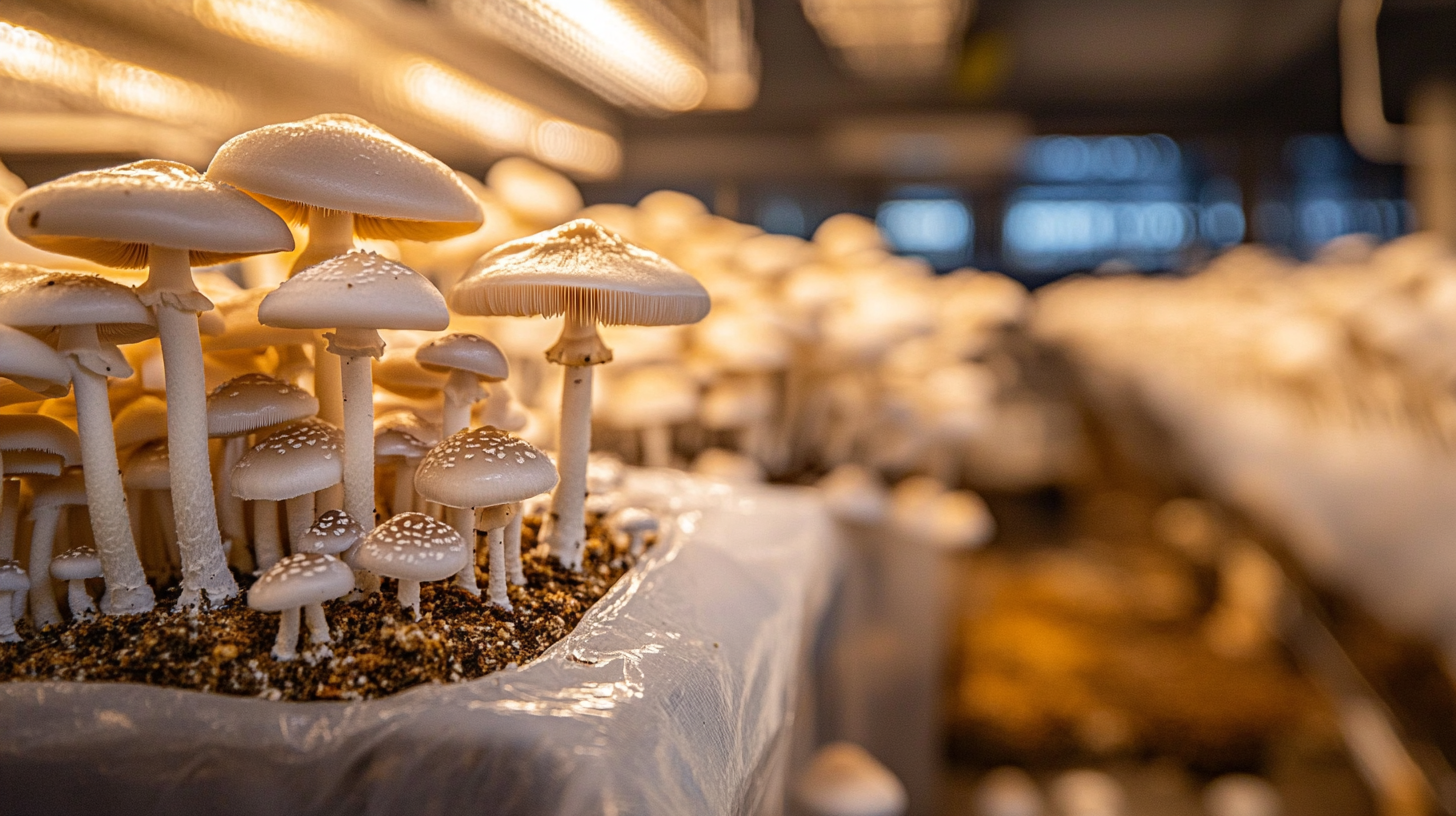

In the rapidly evolving world of mushroom cultivation, the utilization of PP Mushroom Grow Bags with Injection Port has become a game-changer for both commercial growers and hobbyists alike. According to a report by Allied Market Research, the global mushroom market is expected to reach $69.3 billion by 2027, driven largely by the increasing demand for organic and specialty mushrooms. The integration of injection ports into grow bags enhances sterility and reduces the risk of contamination, allowing for higher yields and better quality crops. By offering an efficient means of inoculating substrates while significantly lowering the uncertainty associated with traditional methods, these innovative bags empower growers to maximize their operational potential. This comprehensive guide aims to delve into the specifications and usage of PP Mushroom Grow Bags with Injection Port, emphasizing their advantages in after-sales services and maintenance costs, ultimately positioning them as an essential tool in modern mushroom cultivation.

PP mushroom grow bags have emerged as a revolutionary tool in the mushroom cultivation industry, effectively improving yield and ease of use. These bags are typically made from polypropylene (PP), a durable plastic that can withstand high temperatures during sterilization. The injection port featured in many designs allows for easy inoculation of mushroom spores, reducing contamination risk and enhancing the growing process. With a shift towards more controlled environments, the adoption of PP grow bags has increased significantly; recent industry reports indicate a surge in their usage by 25% year-over-year among commercial growers.
The benefits of using PP mushroom grow bags extend beyond just convenience. Mushrooms are a rich source of essential nutrients, including proteins, vitamins, and minerals, contributing to a balanced diet. Cultivating mushrooms in these specialized bags can also help to optimize growth conditions. Studies show that mushroom yield can increase by up to 30% when using modern cultivation techniques, such as those facilitated by PP grow bags. This technology not only promotes sustainable practices in agriculture but also supports healthier lifestyles by making nutrient-rich mushrooms widely available to consumers.
When exploring the world of mushroom cultivation, PP mushroom grow bags with injection ports have become increasingly popular among both hobbyists and commercial growers. These bags offer a practical and efficient way to cultivate mushrooms, ensuring optimal conditions for growth while minimizing contamination risks. When selecting a bag, important specifications to consider include the material thickness, which affects durability, and the size of the injection port, which should provide an adequate airflow without compromising the sterile environment.

The surge in home mushroom cultivation reflects a growing interest in specialty mushrooms, which are not just limited to commercial farming anymore. As more enthusiasts experiment with different growing techniques, understanding the specifications of PP mushroom grow bags can enhance their success rate. The right bag can significantly influence yields and the quality of the mushrooms produced. With the boom of culinary mushrooms in local markets, investing in superior grow bags is becoming essential for those looking to take advantage of this trend, whether for personal enjoyment or small-scale business ventures.
When utilizing PP mushroom grow bags equipped with injection ports, understanding the proper usage is crucial for achieving optimal yields. These specialized bags allow for a more controlled environment for mushroom cultivation, promoting efficient mycelial growth. According to a report by the Mushroom Council, using grow bags improves contamination resistance by 30% compared to traditional cultivation methods. This is primarily due to the sealed nature of the bags, which minimizes exposure to airborne pathogens during the inoculation process.
To effectively use PP mushroom grow bags, start by sterilizing the substrate to eliminate unwanted microorganisms. Once sterilization is complete, inoculate the substrate through the injection port with a high-quality mushroom spawn. Research indicates that maintaining a temperature range of 20-24°C (68-75°F) during the incubation phase results in a 20% faster colonization rate, thereby leading to earlier fruiting. Additionally, adequate ventilation in the growing environment can enhance mushroom yield by up to 40%, as documented in recent agricultural studies. By following these steps, cultivators can harness the full potential of PP mushroom grow bags, leading to a productive and rewarding mushroom growing experience.

Mushroom cultivation has gained significant popularity in recent years, with the global mushroom market expected to reach $69.3 billion by 2027, according to industry reports. Using polypropylene (PP) mushroom grow bags with injection ports can greatly enhance the growth process, but proper maintenance is essential for maximizing their lifespan. Here are some useful tips to extend the usability of your PP mushroom grow bags.
Firstly, it’s crucial to store your grow bags in a cool, dry place away from direct sunlight when they are not in use. Exposure to heat and UV light can weaken the material, leading to compromised structural integrity. Additionally, ensure that the bags are cleaned thoroughly after each use; this prevents cross-contamination and promotes healthier grow cycles. Cleaning can be done with a mild bleach solution, followed by rinsing with clean water to remove any residual chemical.
Lastly, monitor the temperature and humidity levels in your growing environment. According to research, optimum conditions for mushroom cultivation typically range between 55 to 75°F (13 to 24°C) with a humidity level of around 85%. Regularly checking these parameters can help in preventing bag degradation caused by extreme environmental conditions, ensuring that your PP mushroom grow bags remain effective for multiple cultivation cycles.
When cultivating mushrooms using grow bags, overcoming common pitfalls can significantly enhance your yield and quality. One major mistake is failing to maintain optimal humidity levels. Research indicates that mushrooms require a relative humidity of around 85-95% during their fruiting stage (Mushroom Research Institute, 2022). Neglecting this factor can lead to dehydration, resulting in smaller, less productive crops. Utilizing a humidifier or regularly misting the grow area can help sustain these necessary conditions.
Another prevalent error is inadequate sterilization of the substrate. Failing to properly pasteurize or sterilize the growth medium can introduce harmful contaminants, which can outcompete your mushroom cultures. According to a study by the North American Mushroom Association, approximately 30% of mushroom growers encounter contamination issues (NAM Association Report, 2023). Implementing rigorous sterilization techniques, such as pressure cooking or chemical treatments, can prevent such setbacks and ensure a healthy growing environment for your mushrooms. By understanding and avoiding these common mistakes, cultivators can unlock the full potential of PP mushroom grow bags.